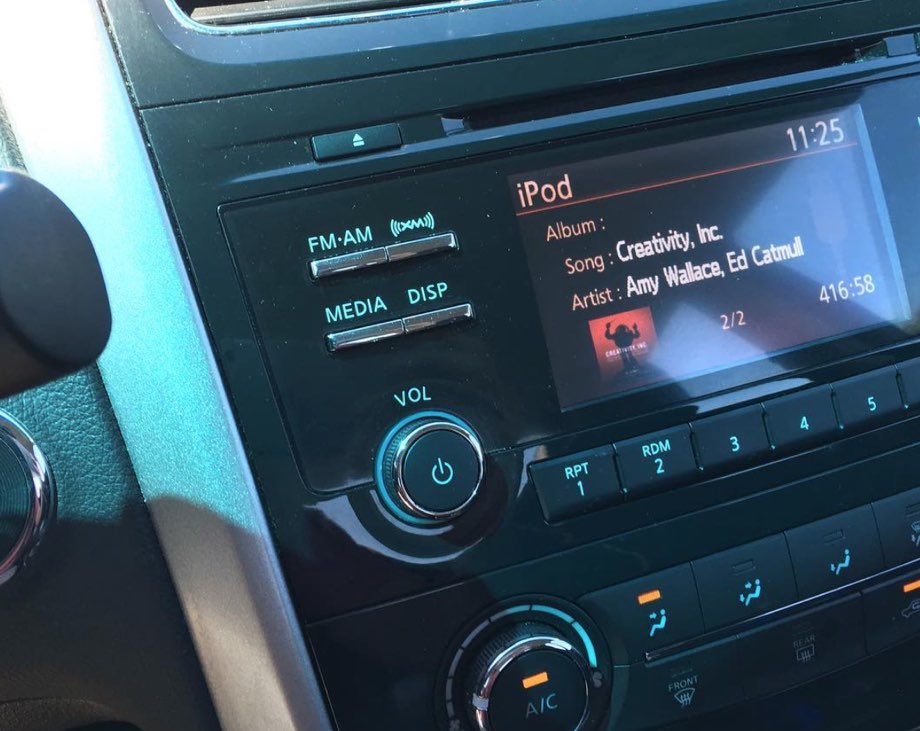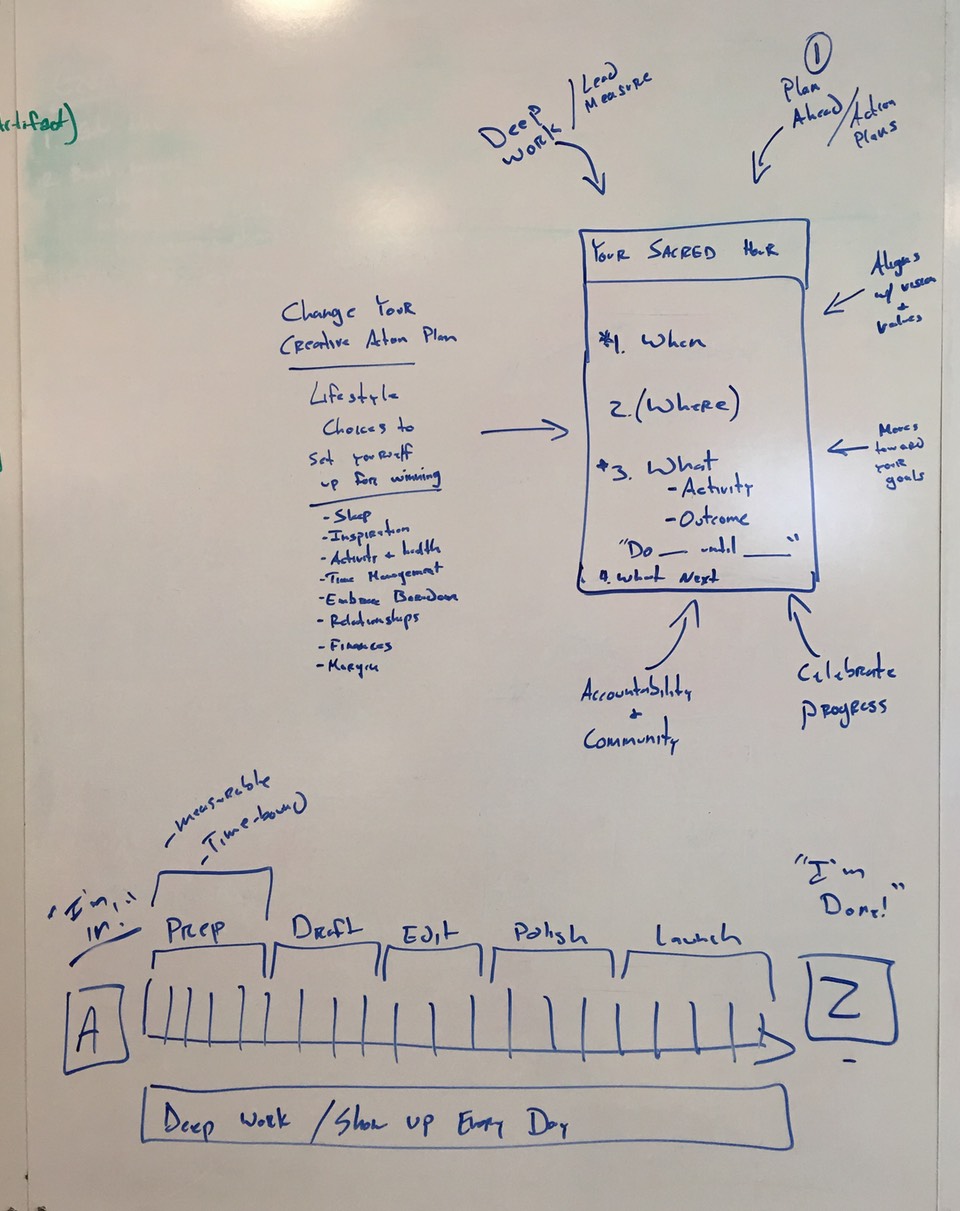This past weekend I rented a car, drove 4 hours to Tulsa, bought a new (to me) family car that I’d found on Craigslist, and drove it back.
To accompany me on the road trip, I loaded up the audiobook version of Creativity Inc..

I began reading it on Kindle about a year ago, but only made it to chapter 5. I’ve been wanting to dive back in, and this was a great opportunity.
There is so much gold in this book.
One particular tidbit that stuck out to me from the chapter on Honesty and Candor.
People who take on complicated creative projects become lost at some point in the process. It is the nature of things — in order to create, you must internalize and almost become the project for a while, and that near-fusing with the project is an essential part of its emergence. But it is also confusing. Where once a movie’s writer/director had perspective, he or she loses it. Where once he or she could see a forest, now there are only trees. The details converge to obscure the whole, and that makes it difficult to move forward substantially in any one direction. The experience can be overwhelming.
If you’ve ever begun working a new project, learning a new skill, or the like, and you get into it and feel completely overwhelmed, lost, and confused — don’t freak out.
As Ed Catmull says, it is the nature of things.
How do you press through that feeling of overwhelm?
For one you keep going. You keep showing up every day, making choices, and doing the work. With patience, you will find clarity.
Secondly, you need community. People who can give candid advice, encouragement, and feedback. People who will level with you and keep you accountable to your goals.
